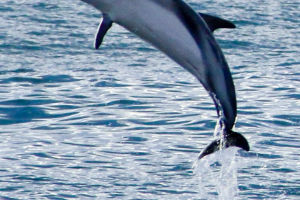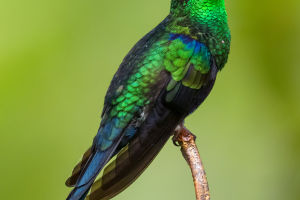Marine animals often team up in interesting ways. For example, sea anemones and clownfish have a special relationship.
This partnership is so famous it’s featured in a well-known animated movie about clownfish. Want to find out more about these animals and their teamwork? Let’s dive in!
Sea anemones might look like plants, but they are actually predatory animals related to jellyfish and corals. They attach themselves to a hard surface for life and use their colorful, stinging tentacles to catch and stun prey that comes too close. Most fish avoid sea anemones to steer clear of being stung and eaten.
Clownfish are bright, colorful fish found in the Pacific Ocean around Australia, Southeast Asia, Southern Japan, and American Samoa. They are unique because they can survive the sting of sea anemones.
A special mucus layer on their bodies protects them from the anemone's toxin. This allows clownfish to live among anemone tentacles, where they find both safety and food.
The relationship between anemones and clownfish is called mutualism because both animals benefit. Clownfish get a safe home and food from the anemone. In return, clownfish give the anemone food, help remove harmful parasites, and scare away other fish that might eat the anemone.
Clownfish stay close to their anemone homes for protection and even lay their eggs nearby. They might leave the anemone briefly to catch food but return quickly. At night, clownfish stay safely within the anemone’s tentacles.
Clownfish and Anemone Symbiotic Relationship
Video by Prestige Reef
We’ve known about the partnership between sea anemones and clownfish for a long time, but there’s still much to learn. For example, in 2008, scientists from Auburn University discovered a new benefit of this relationship.
Their research found that the ammonia in clownfish poop helps fertilize the anemone, aiding its breathing, growth, and reproduction. This is crucial because anemones can’t control the water they live in or their diet, so clownfish help keep them healthy by providing essential nutrients.
Lykkers, what do you think about the fascinating partnership between sea anemones and clownfish? Were you surprised to learn how clownfish waste benefits the anemones? Share your thoughts and any new insights you gained from this article!


